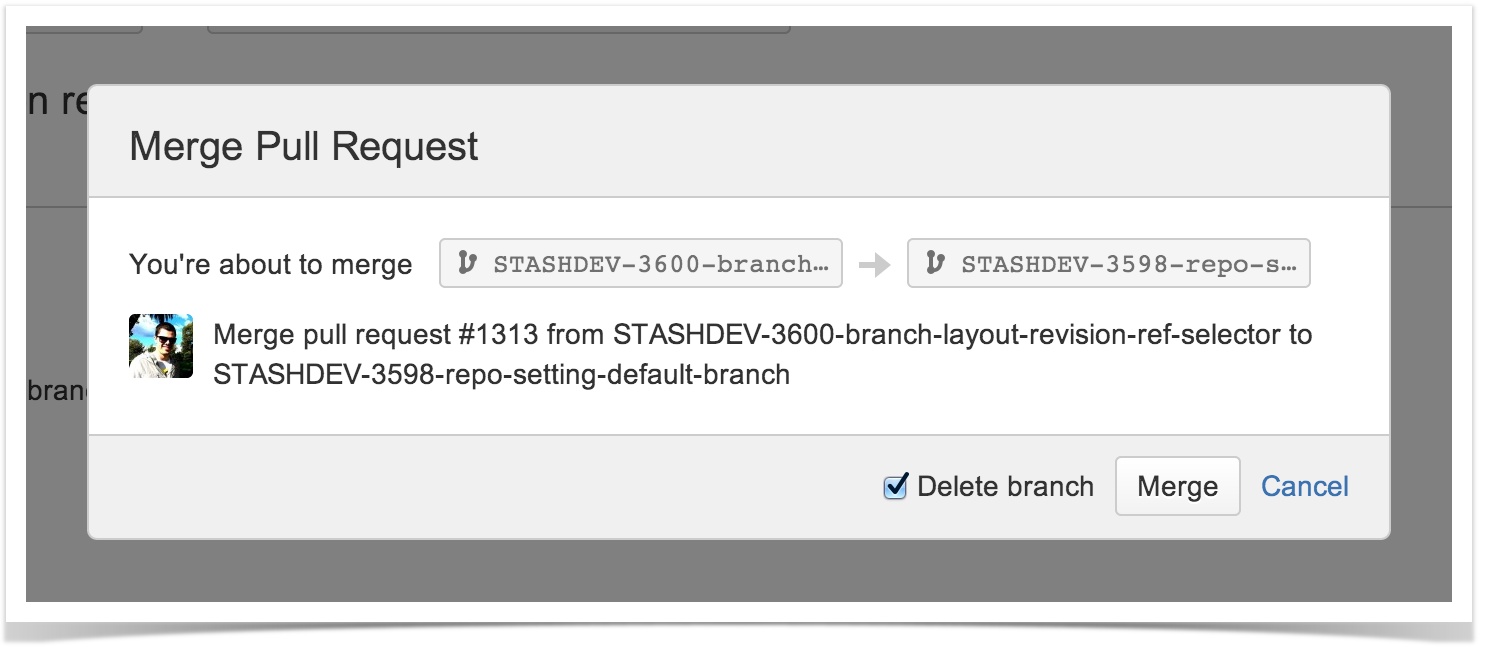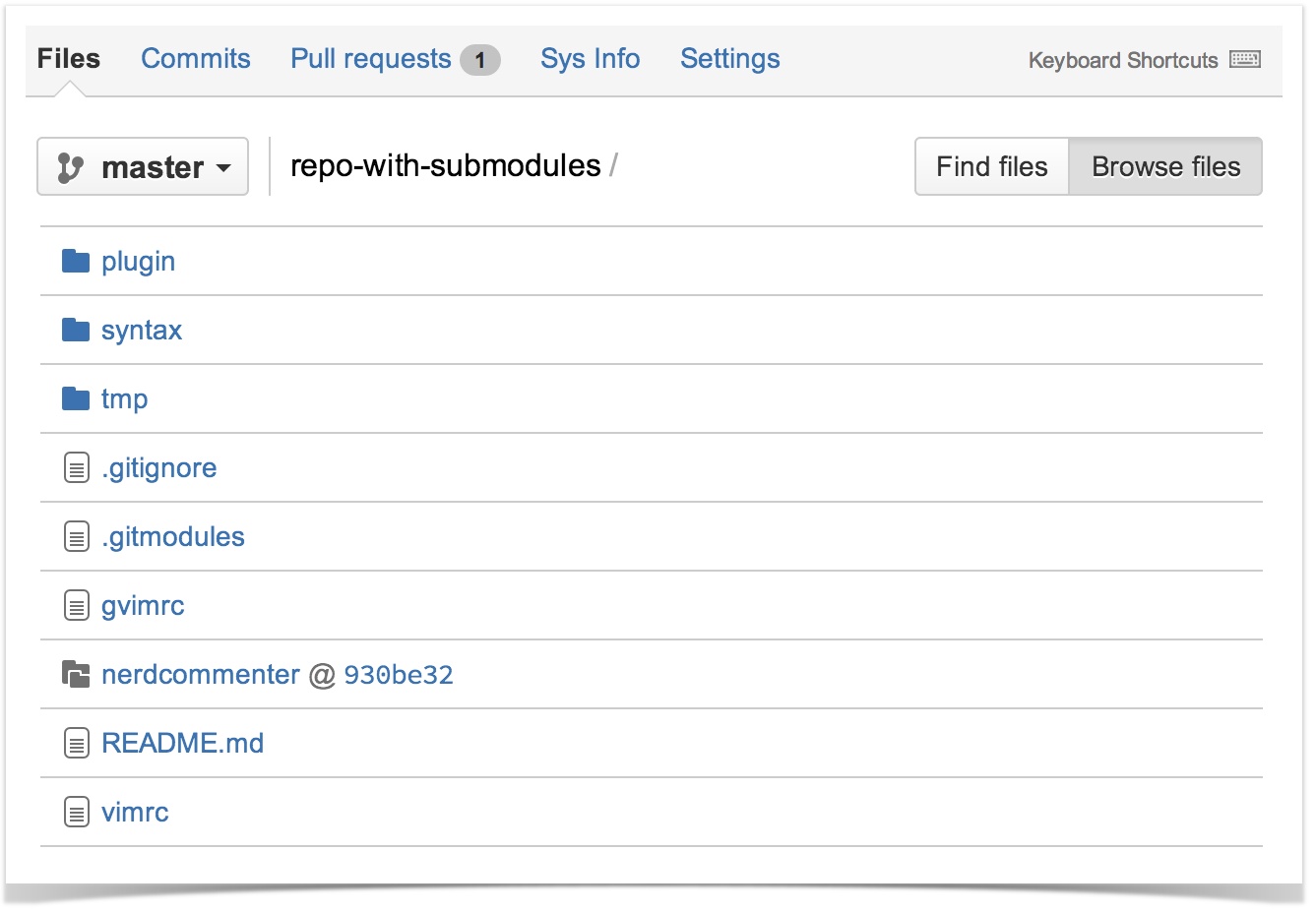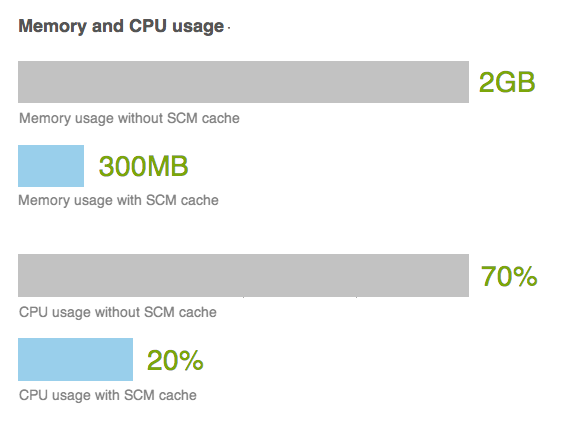Stash 2.3 release notes
2013 年 3 月 26 日
With today's release of Stash 2.3 we introduce features for enterprise teams (single sign-on), Git operations (submodule recognition and branch deletion) and CI performance scaling (the SCM Cache plugin).
If you are upgrading from an earlier version of Stash, please read the Stash upgrade guide.
The Stash 2.3 changelog is at the bottom of this page.
Single sign-on with Crowd
Atlassian Crowd allows enterprise teams to integrate and deploy single sign-on (SSO) using popular directory servers such as Active Directory or OpenLDAP. Now your team members need only log in once to any of your Atlassian applications (JIRA, Confluence, Bamboo) to be able to access all of them, without repeatedly typing in their password.
- IT administrators can centralize user management through Crowd and provide SSO for all Atlassian apps with minimal configuration.
- End-users enjoy the convenience of logging in once to any Atlassian application, avoiding the interruption of repeated authentication across other applications. Log in once, and you're automatically logged in to all applications connected to Crowd, including Stash.
Read more about using SSO with Stash.
Branch cleanup
We know that branches are often used for feature work, or for hot fixes that are destined to be applied to a stable or development branch. Once the code has been integrated into its destination branch it may often be desirable to delete the branch from Git as it is no longer required in the repository.
Stash now provides a simple way to delete the branch when you merge the pull request. As you might expect, Stash checks on a few things before allowing the deletion – the branch being merged will not be deleted if:
- The branch is the default repository branch.
- The user does not have permission to delete the branch.
- The branch is subject to an open pull request.
Read more about branch deletion when merging a pull request in Stash.
Git submodule recognition
Git submodules allow you to nest external Git repositories within the directory structure of your own repository. Submodules are commonly used to embed external codebases, such as shared libraries, that are updated independently of the main project.
Stash now makes it easy to identify Git submodules through the Stash user interface:
SCM Cache plugin for continuous integration performance
Stash instances with continuous integration (CI), or other automatic tooling set up to poll for changes, can end up with a high load on the Stash server due to frequent polling for changes, and bursts of repository clones when a change is detected.
The Stash SCM Cache plugin caches the pack files generated by Git during a clone operation on disk. This reduces the CPU load on your server and greatly improves response time when your server experiences repetitive requests from the continuous integration server.
Read more about installing and configuring the Stash SCM Cache plugin.
変更履歴
This section will contain information about the Stash 2.3 minor releases as they become available. These releases will be free to all customers with active Stash software maintenance.
If you are upgrading from an earlier version of Stash, please read the 2025-09-08_07-07-29_Bitbucket Server upgrade guide.




